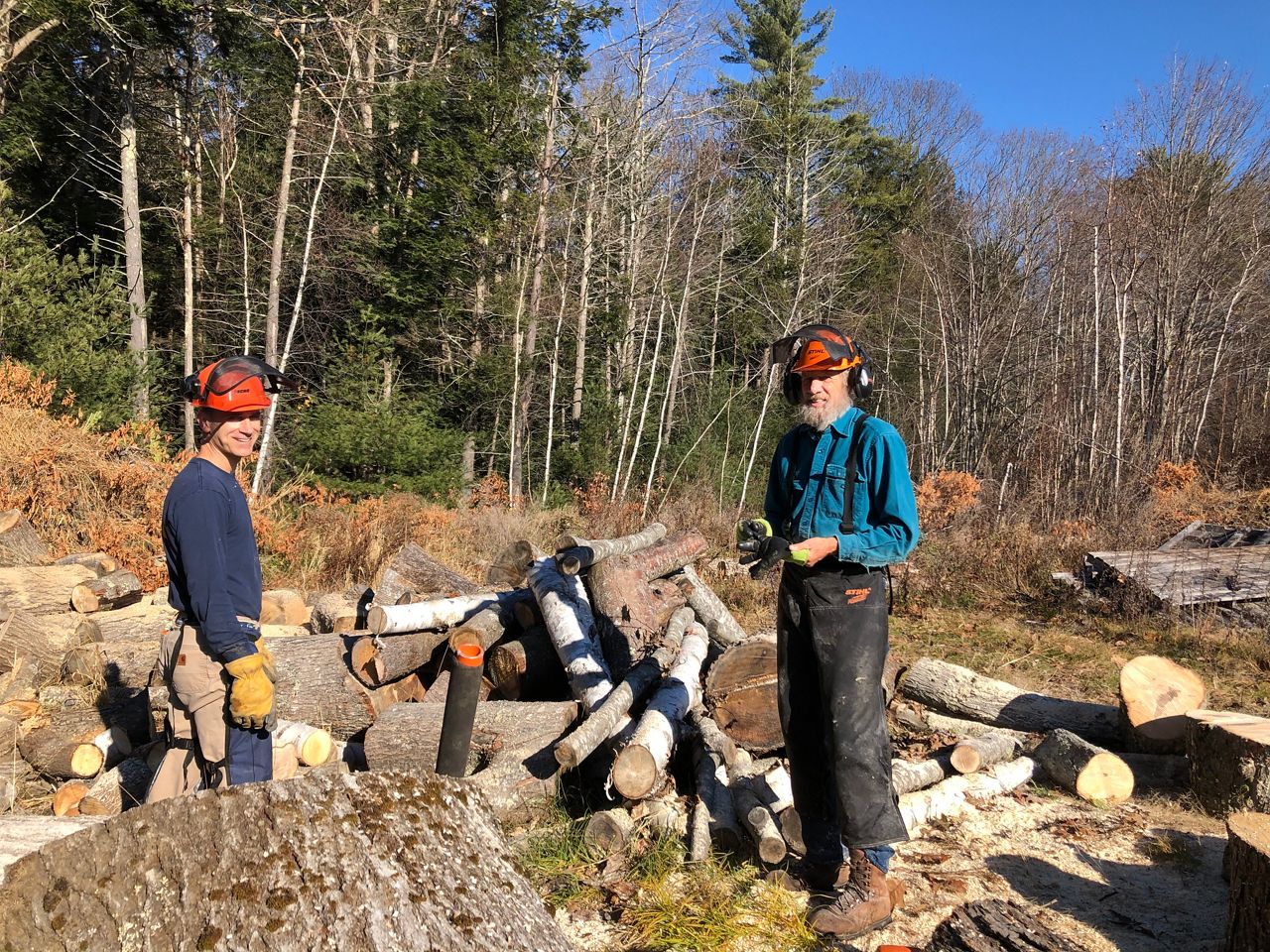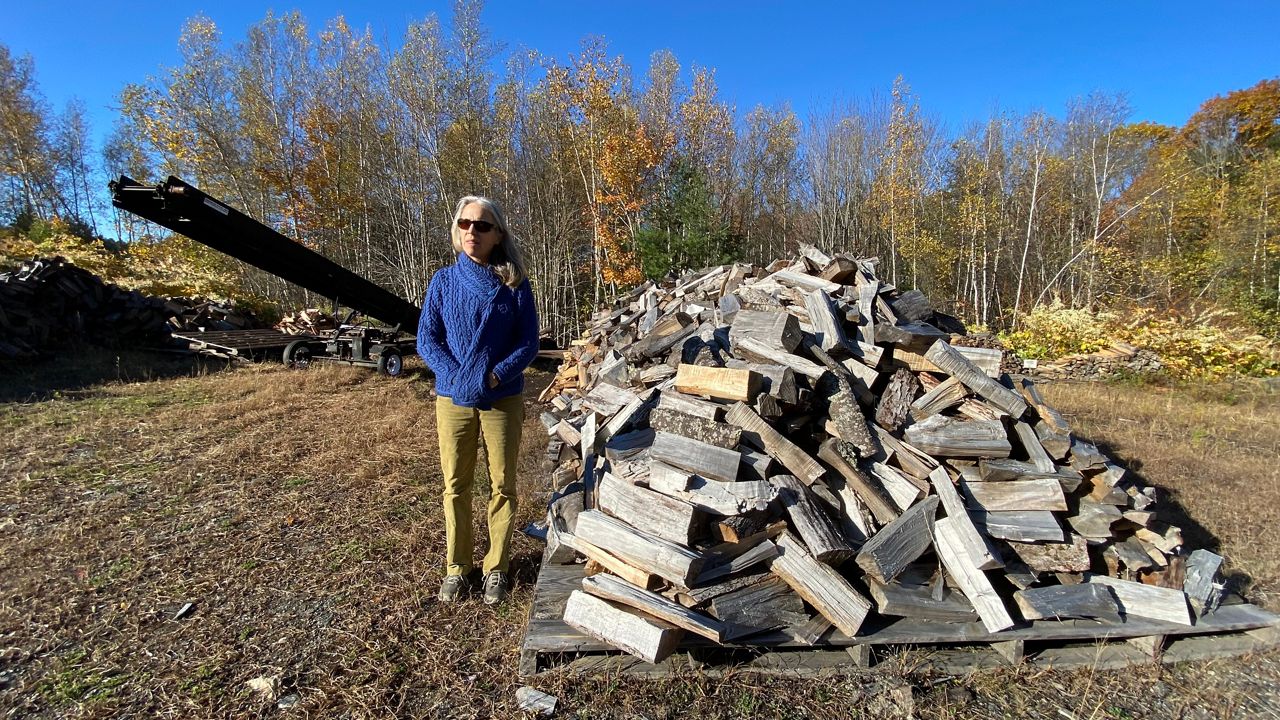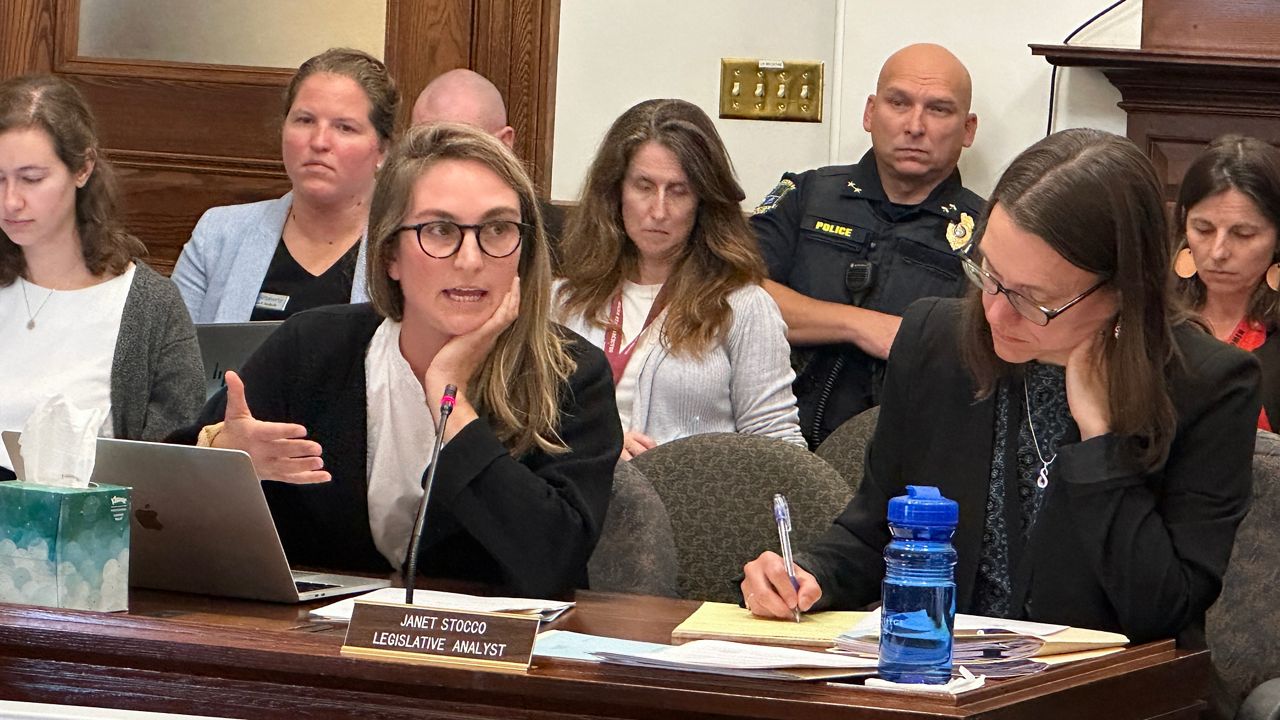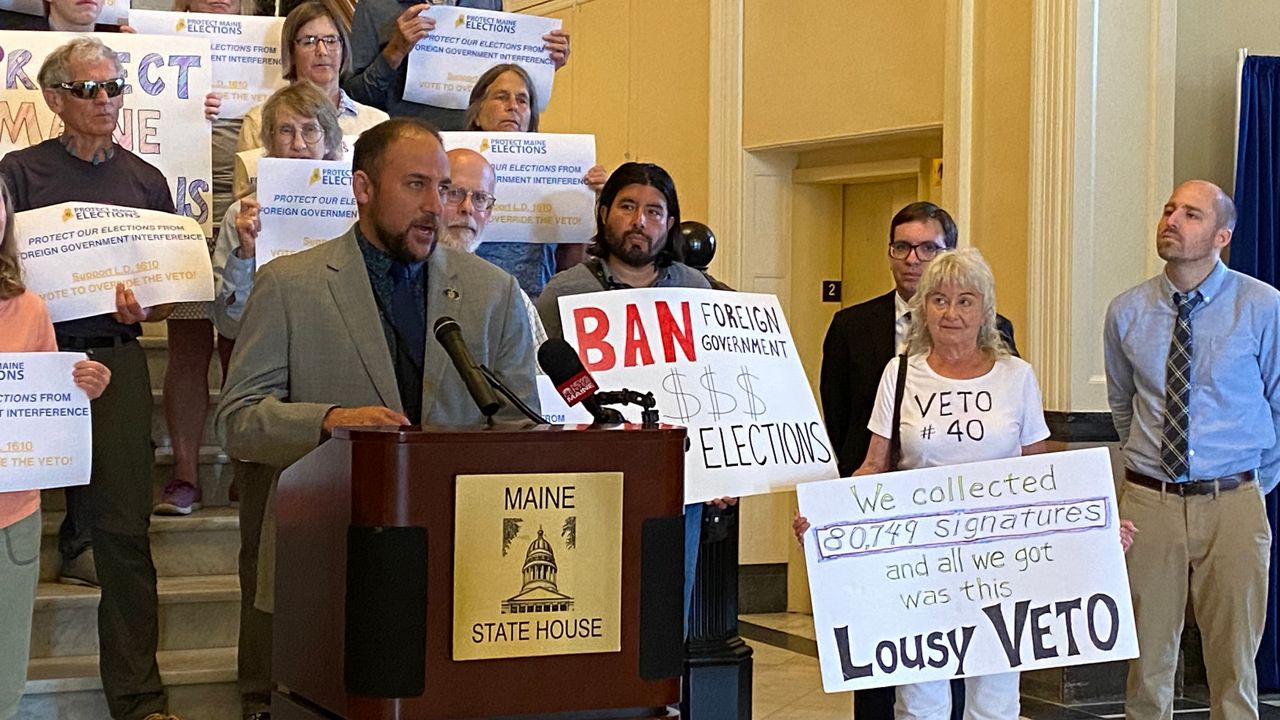With winter on the way, community groups are stockpiling wood in hopes of keeping their neighbors warm this winter.
Known as wood banks — like a food bank but with wood — they are often all-volunteer organizations run by churches or affiliated with nonprofits that provide other services to the needy.
A new $62,500 grant recently awarded to the University of Maine is designed to help spread the word about wood banks nationally and create a network of support for the often loosely organized groups, said Jessica Leahy, a forestry professor at the university.
“I have really felt as I’ve loaded wood into people’s vehicles that people only come when they need help,” Leahy said.
About 9% of Mainers use wood as their primary source of heat, ranking the state second only to Vermont, where 13% of residents heat with wood, according to the Alliance for Green Heat, a nonprofit that promotes cleaner, more efficient and more affordable renewable heating.
And for many in Maine, wood stoves and fireplaces serve as an important backup source of heat. Leahy said in addition to helping support wood banks, the grant will provide smoke detectors, batteries and tips on how to burn wood safely.
One of the more well-established wood banks in Maine serves the Boothbay region, where more than 10 years ago a meeting at the Congregational Church of Boothbay Harbor led to the creation of the Woodchucks, said Holly Stover, director of the Community Resource Council.
Twice a week, 10-12 volunteers come to a small parcel of land the group rents from the town of Boothbay for $1 a year to split, stack and deliver wood to needy residents of Boothbay, Boothbay Harbor, Southport and Edgecomb. Last year, the group provided 55 cords of wood valued at about $20,000.
Those who need help must fill out an application through the resource center, where they are directed to also apply for federal heating assistance through the Low-Income Home Energy Assistance Program, Stover said.
Many times, residents get wood delivered while they wait for help from other sources.
“We raise our money here, we spend our money here and you’re not having to wait until a federal program comes through,” said Stover, who also serves as a Democratic state lawmaker from Boothbay. “We are a safety net for our neighbors in need.”
Leahy and Stover said there’s another benefit to a wood bank. It builds a sense of community among those who volunteer.
“A lot of what they do has a large social component,” Stover said. “It’s an opportunity to get out of the house, help other people and it keeps them active and busy. If they’ve helped somebody stay warm, that’s the ultimate reward.”

In North Yarmouth, Rebecca Rundquist runs the Cumberland Wood Bank, which began serving people in need in 2007. So far this year, they’ve delivered nine cords of wood for those who need help and sold eight cords, she said.
Rundquist said their wood bank is run under the umbrella of the Congregational Church in Cumberland UCC and cuts and stacks their wood on land donated by R.A. Pierce Excavating.
“If every community had this it would make so much sense,” Rundquist said Thursday as she stood near the wood splitter and a shed that stores other equipment.
Another reason to maintain local wood banks is that invasive pests such as the emerald ash borer prevent groups from transporting wood outside their own county, she said.
Eight to 10 people show up each week to help get the wood ready to head out to homes.
“The chainsaw people, they are priceless,” she said. “Then we split.”
Rundquist and Stover said they’d be happy to answer questions from other communities interested in starting a wood bank. Large or small, organized or informal, the banks can help fill a vital need through the winter.
Stover expects more people to ask for help this year than last.
“We’re already seeing people we haven’t seen before needing additional assistance,” she said.






)

